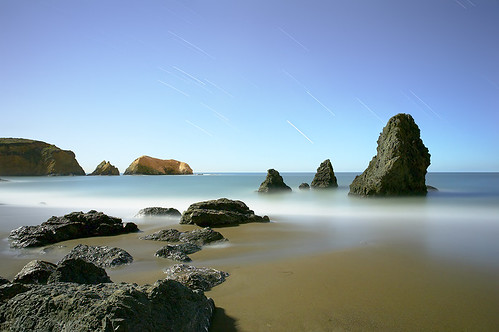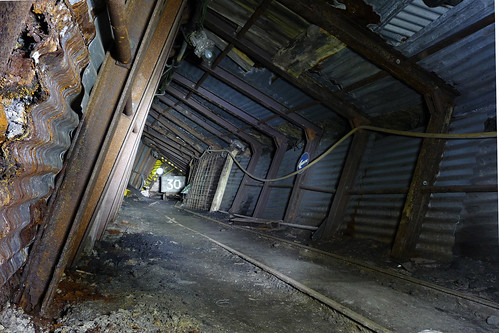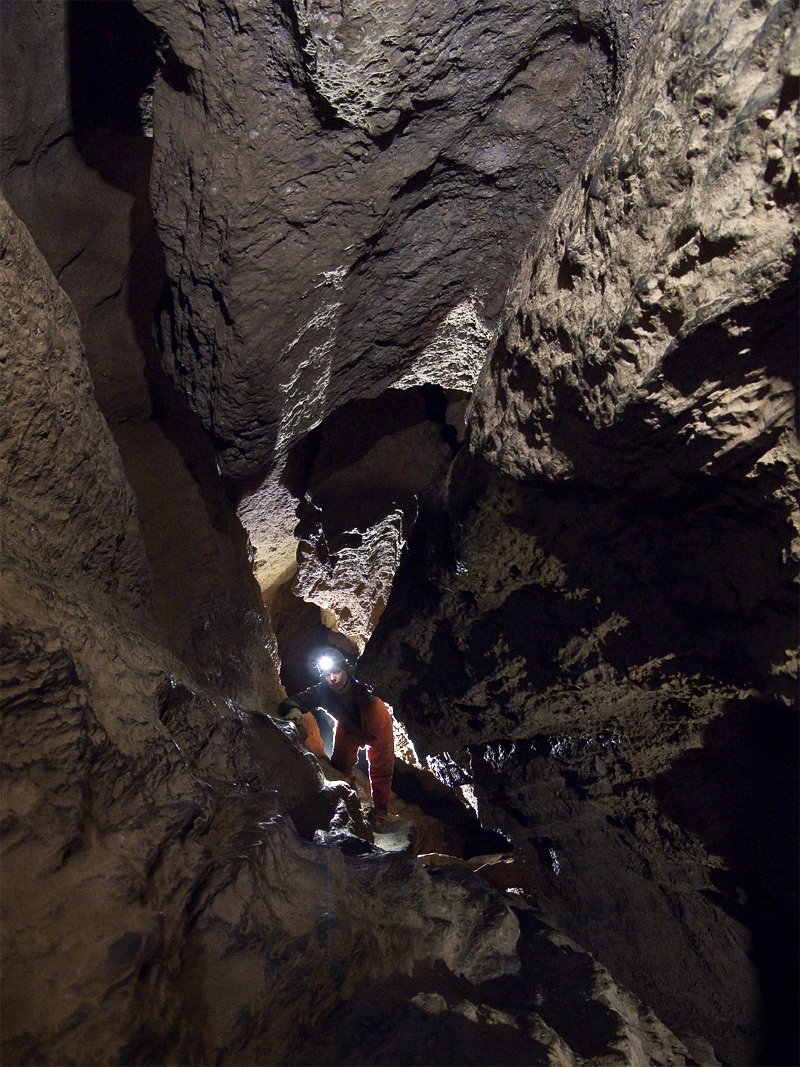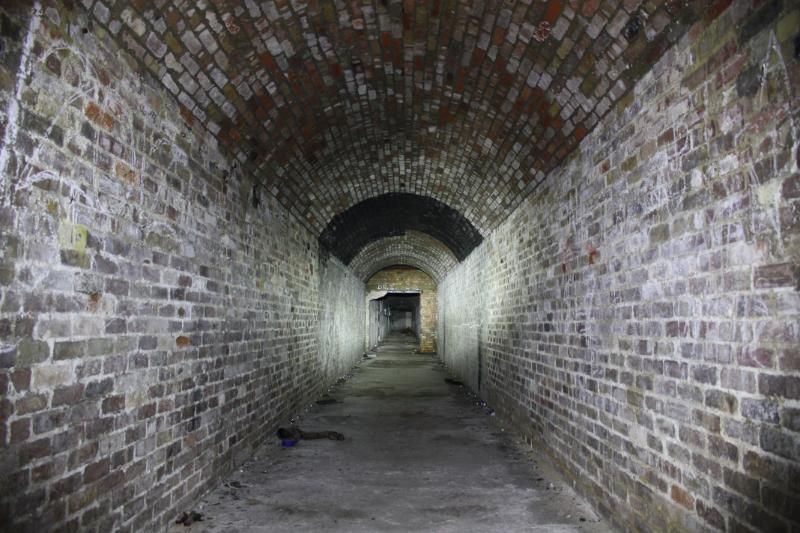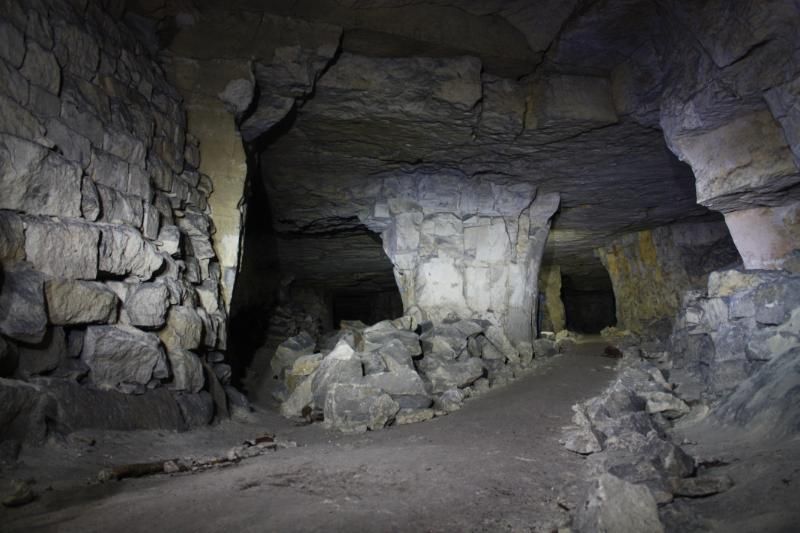robjones said:
No idea what happens with digital but with film, really long exposures when painting with light suffer from recipricocity (spelling?) failure - the emusion fogs due to light bouncing between the layers of the film and less and less light gets registered on the emulsion, needing an even longer exposure, which fogs it even more - etc.
Longest painting session I tried was 40 mins with a car fog light (and car battery) in an enormous slate mine chamber, painting from 2 or 3 positions. It worked but recipricocity failure made the film very red - even more than expected from the red wavelength of the foglight.
Reciprocity failure is simply where the linear relationship between exposure time and light level breaks down - so you calculate you need 2x the exposure, but actually you need 3x. It's in the film data sheet, generally it kicks in at above 1s. It's caused by the fact that at very low light levels the quantum nature of light becomes important - you need a certain number of photons within a small amount of time to 'set' the silver halide crystals, and at low light fluxes you suddenly have the poisson statistics of the arriving photons to deal with.
So, that's fine with B&W - you just increase the exposure, and accept that any high lights will be very strong.
With colour - colour print in particular, the degree of reciprocity failure is different in the different colour levels (as the coloured gels are messing with the number of available photons). Generally this gives a very strong _green_ colour cast to the long exposure. Different films from different manufacturers react differently, and you can try and use filters to correct for this. In my experience, Fuji Superia seems to give a not-too-horrific green cast.
However, one of the nice things with film is that you can flash-paint. There's no 'noise' penalty to pay for very long exposure, and each individual flash 'burns' its own bit of the latent image. You can use reciprocity failure to your advantage, in that the relatively dim head lights of the painters won't show
With a digital camera, on long exposure, what you are actually doing is taking a long series of short-exposure shots into memory, then doing a Laplacian transform (this is why the camera goes 'BUSY' for a while after the shot is taken before showing the image). The individual shots are vastly underexposed and mainly noise. The laplacian allows the camera to identify the correlated information between frames (the image) while getting rid of the uncorrelated information between frames (the noise). However, this hits problems when the exposure changes (i.e. light painting). Some cameras have better algorithms than others.
You're typically limited to 15/30s max exposure on a consumer digital camera.
To go beyond this limit you need to start thinking about using RAW, taking dark frames (to subtract the hot/stuck-pixel noise), taking lots of short exposures (have a look at the CHDSK custom firmware if you have a modern ish Canon) + doing the processing afterwards on your computer to assemble the full shot (and then you can also consider HDR + etc.).
So back to the original question, digital cameras don't suffer from reciprocity failure, but they do have time-dependent noise.
Due to the fact that the different colour channels have different light strengths + sensitivity of the sensor, you can in particular find that a lot of the noise on an image is in one colour channel or the other (usually in red). You can use this to your advantage + do more Gaussian blurring / noise smoothing in this separate channel and then recombine.
Apols. for the long + technically detailed post :^)



